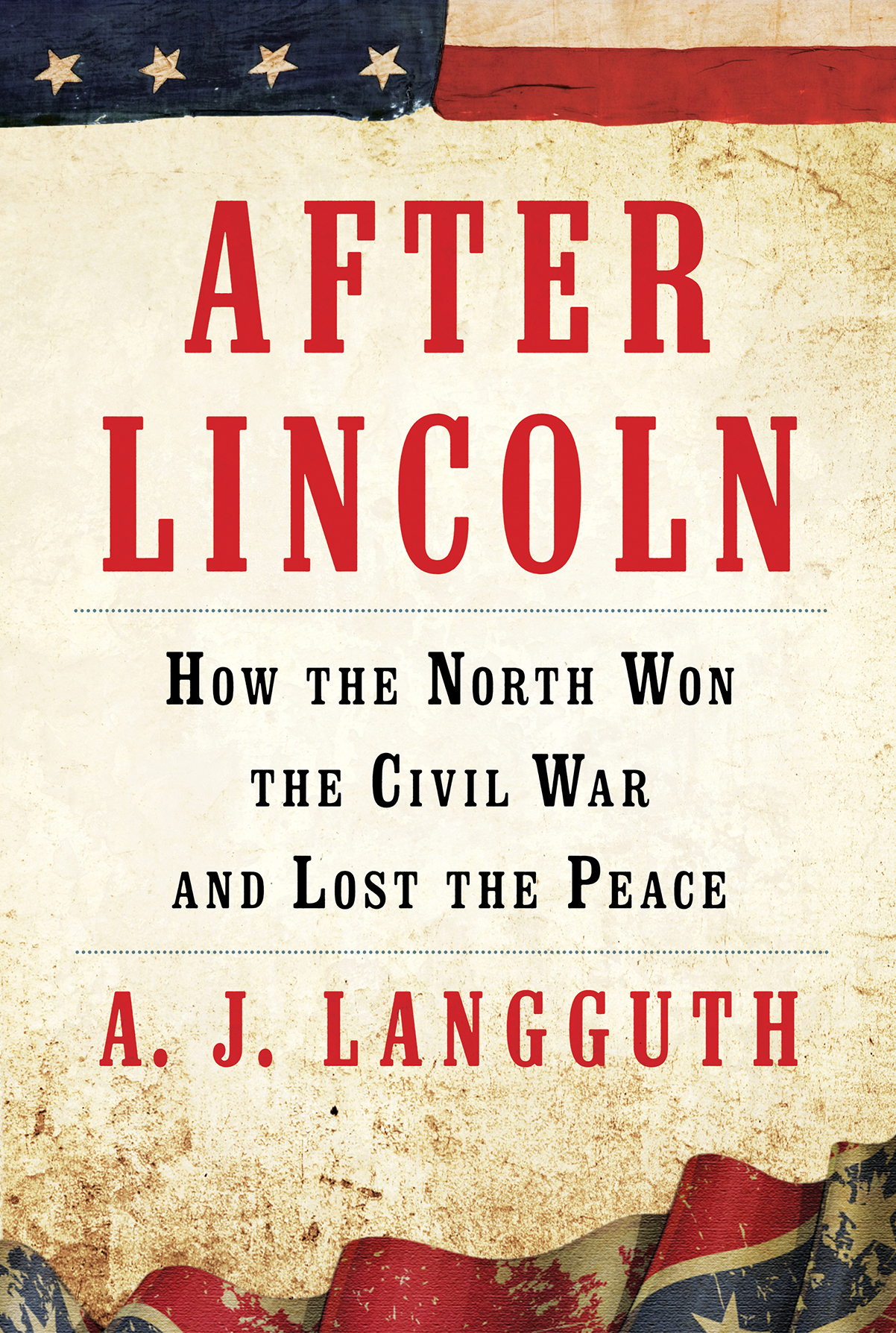
After Lincoln
How the North Won the Civil War and Lost the Peace
کتاب های مرتبط
- اطلاعات
- نقد و بررسی
- دیدگاه کاربران
نقد و بررسی

May 26, 2014
Langguth (Patriots: The Men Who Started the American Revolution) takes a warts-and-all approach in profiling the major figures of the Reconstruction. Bitter rivalries within the Republican Party, the impeachment of an accidental president, and the unlikely hanging of a female assassination conspirator all resulted in a tumultuous post–Civil War period that also kick-started what would later become the Civil Rights movement. Langguth employs brief biographical sketches of key figures to describe the turf wars that arose in the aftermath of Lincoln’s assassination, the fight to protect newly freed slaves, and the internal administrative battle over the degree of punitive efforts towards the South. His primarily chronological vignettes range from those on Lincoln’s bickering cabinet members and antagonistic legislators to former CSA president Jefferson Davis, iconic newspaperman Horace Greeley, and the first African-American governor, P.B.S. Pinchback of Louisiana. Langguth’s well-placed and humanizing personal details about the strident men orchestrating Reconstruction and Johnson’s impeachment add depth and immediacy to the significant struggles of reuniting North and South, while clearly showing the harsh results of their actions in a post-Lincoln United States. 20 b&w illus. Agent: Lynn Nesbit, Janklow & Nesbit.

September 1, 2014
This is the fourth book in Langguth's (Union 1812) popular history of the United States that starts with the American Revolution and includes volumes on the War of 1812 and the rise of American sectionalism under President Andrew Jackson. Langguth chose to skip a volume dedicated to the American Civil War and focuses here on Reconstruction. He tells the story chiefly through a series of minibiographies of important figures of the Reconstruction era including Andrew Johnson and Ulysses S. Grant as well as lesser-known figures such as Pinckney Benton Stewart "P.B.S." Pinchback and Oliver O. Howard. When Reconstruction ended is a subject of debate for historians, and Langguth concludes his story with Rutherford B. Hayes's withdrawal of the last occupying federal soldiers from the South in 1877. The author places much of the blame for the failure of Reconstruction on Northern racism, indifference to the plight of freed slaves, endemic corruption in Republican presidential administrations, and the Republican-controlled congress. VERDICT This book will appeal to both casual and scholarly readers of history as well as those who enjoyed Eric Foner's Reconstruction and similar titles.--Michael Farrell, Reformed Theological Seminary, Orlando, FL
Copyright 2014 Library Journal, LLC Used with permission.

























دیدگاه کاربران